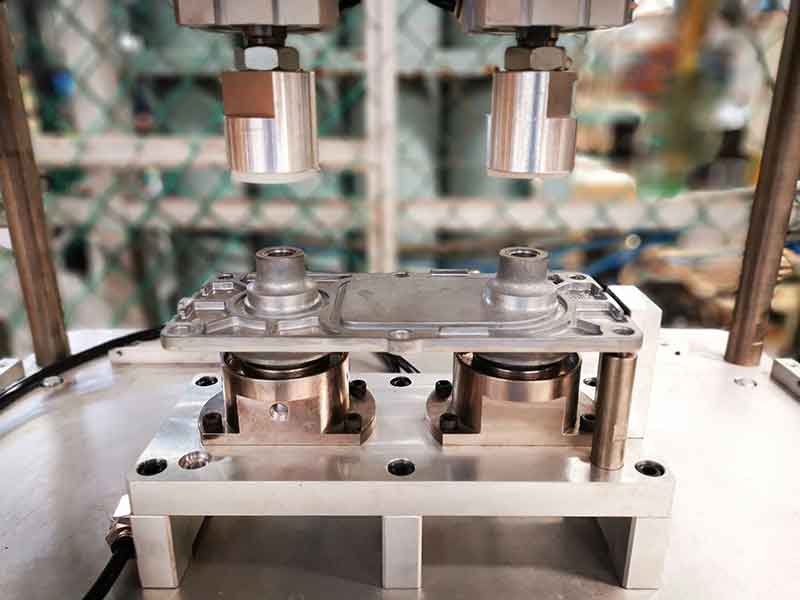In the intricate world of manufacturing, where precision and effectiveness are essential the diecasting process is a cornerstone technique. This method, dating as early as the 19th century, has evolved to become a highly sophisticated method used across all sectors. Diecasting is the process of injecting the molten metal in precisely designed molds. The result is intricately-shaped parts with unmatched precision and constantity. From automotive to aerospace, electronics and consumer goods Diecasting plays an integral function in shaping contemporary production lines.

One of the major advantages of die casting lies in its ability to produce complex geometric shapes that have tight tolerances. With the use of reusable molds producers can repeat intricate geometries with minimal variation and ensure uniformity throughout production runs. This degree of accuracy is especially important in fields where component performance and reliability is essential, like medical devices and aerospace. Die casting enables the creation of intricate designs as well as thin walls that may be difficult to create using other manufacturing processes, offering engineers unprecedented freedom when it comes to product design.
Furthermore, die casting gives an exceptional versatility of materials, allowing many different types of metals and alloys for different requirements for applications. Zinc, aluminum as well as magnesium alloys, are commonly used due to their superior mechanical properties, lightweight nature, and recyclability. Every alloy has distinctive characteristics, with aluminum prized for its strength-to-weight ratio that is high and anti-corrosion properties, zinc renowned for its excellent dimensional stability and magnesium for its exceptional strength and stiffness. This versatility empowers manufacturers to choose the most suitable material for their requirements regardless of whether they are for automotive components electronic consumer products, industrial machines.
In addition to its precision as well as material flexibility Die casting is also characterized by its speedy production capabilities, making it ideal for high-volume production. Being able to make thousands to millions of parts with minimal cycle times streamlines production processes, reduces duration of production, as well as enhancing the overall effectiveness. This scalability is particularly advantageous for industries that have high demands for production, like automotive manufacturing, where die casting plays an important function in the manufacture of engine components as well as transmission components and the structural elements. To obtain extra details kindly visit https://www.senadiecasting.com.my/

Diecasting’s versatility extends beyond mere replication of shapes; it encompasses various options for finishing that can meet a variety of aesthetic and needs. From electroplating to coating powder or anodizing and painting diecast components can undergo various treatment options to improve the resistance to corrosion, enhance appearance, or add specific features. It is this flexibility that ensures diecast parts don’t just conform to technical specifications, but they also fit with branding and design preferences.
However, despite its many benefits diecasting is not without its challenges. Costs for initial tooling could be considerable, especially with advanced molds or specialized alloys. Furthermore, the ability to ensure high-quality products requires careful process control and monitoring to minimize defects such as porosity, shrinkage, or imperfections on the surface. Technology advancements and computer-based simulations, for example as well as real-time monitoring systems have helped to reduce these problems which has allowed manufacturers to achieve greater efficiency and the assurance of quality.
